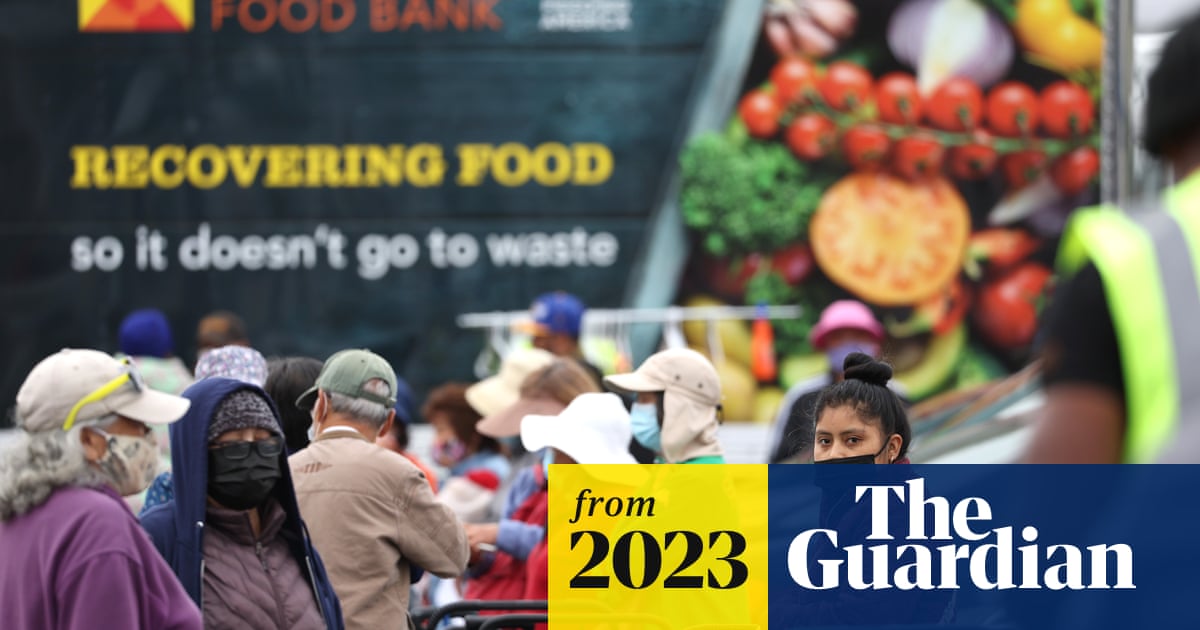jhungary
MILITARY PROFESSIONAL

- Joined
- Oct 24, 2012
- Messages
- 19,295
- Reaction score
- 387
- Country
- Location
Again, poor have nothing to do with debt, otherwise if borrowing money is the way to go, why countries with low borrowing rate still have similar amount level of poverty? Won't they just increase their national debt and have poverty taken care of?Australia's Debt to GDP ratio 22.3% and US's 129%, as below
this is what i said that in tough time borrowing debt is tough in USA, along with high number of poor within
United States Gross Federal Debt to GDP
The United States recorded a Government Debt to GDP of 122.30 percent of the country's Gross Domestic Product in 2023. This page provides - United States Government Debt To GDP - actual values, historical data, forecast, chart, statistics, economic calendar and news.tradingeconomics.com
a picture of EU29 is as below, including UK
View attachment 1029068
Australia - 22.6% Debt/GDP - 12.5% under poverty (see above for reference)
Sweden - 32.9% Debt/GDP- 11.1% under poverty (see above for reference)
US - 129 Debt/GDP - 11.5% under poverty according to US Census Bureau

Poverty in the United States: 2022
This report presents data on poverty in the United States based on information collected in the 2023 and earlier CPS ASEC.
If debt is an issue, then why Australia have a 5 times less Debt/GDP having more, not less people living under poverty. Than US?






